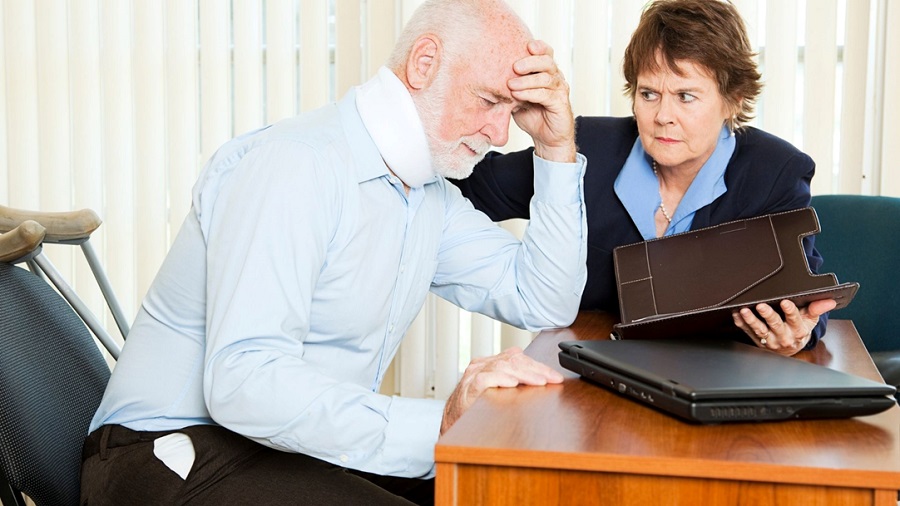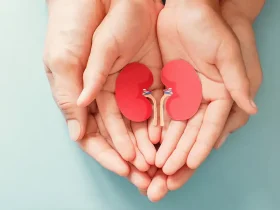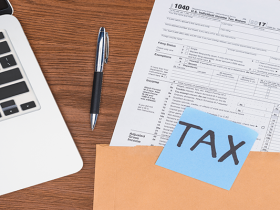0If you have been injured in an accident; you are probably wondering what to do next. Here is a step-by-step look at a personal injury lawsuit process.
Step 1: INITIAL CONSULTATION
When an injury occurs, it is important to have the personal injury lawyer determine the extent of injuries suffered by the client. The main aim of this is to help understand what really happened and if there was any contributory negligence or liability on the part of another person.
Step 2: INVESTIGATION OF THE CASE
The next step will be for the personal injury lawyer to investigate the case. It is important that a proper investigation is done as this will help in understanding whether there was negligence on the part of any person. In some cases, evidence may be gathered from witnesses, medical records, or news reports.
Step 3: PREPARATION OF THE CASE NOTEBOOK
The next step is preparing the case notebook. This is important as it will help point out the strengths and weaknesses of the case. The case notebook should include information such as timings, witnesses, other parties involved, and other relevant information that might be needed for court purposes.
Step 4: MEDIATION/ARBITRATION/OUT OF COURT SETTLEMENT
Mediation is a great way to settle out of court. A mediator will help determine if there was any negligence on the part of the other parties involved. If an agreement cannot be met, then the case needs to proceed further in order for it to move into arbitration or litigation.
Step 5: ARBITRATION/LITIGATION
The personal injury litigation process is a very lengthy process. During this phase, the personal injury lawyer will need to prepare for trial and gather evidence to support claims made by their client. In some cases, the defendant may also file a countersuit if there could be any contributory negligence on the part of the plaintiff that needs to be considered. The lawyer could also work out a settlement with the defendant during this stage.
Step 6: FILING OF THE LAWSUIT AND PREPARATIONS FOR A TRIAL
After preparing for trial, the next step would be filing the lawsuit and its proceedings. The best way to avoid going into litigation is to have an early settlement in place whenever a settlement proposal is made. This should help settle the case faster and avoid going into court proceedings.
Step 7: SETTLEMENT/VERDICT/JUDGEMENT
If a personal injury lawsuit settlement process cannot be reached, then the next step would be to take it to trial for a verdict or judgment from the presiding judge or jury. After a verdict has been reached, the next step is going through the execution of the judgment.
Step 8: EXECUTION OF THE JUDGEMENT
The execution of a judgment will be done through a writ or summons from the court. This requires proper documentation to be filed for it to be executed properly. In most cases, there are some delays in the execution of a judgment which is due to the fact that they need to be properly executed by filing all documents in court.
Step 9: APPEAL/REVIEW OF THE JUDGEMENT
If either party is not satisfied with the verdict or judgment, then an appeal can be made. However, this will require the personal injury lawyer to gather facts and arguments that can be used in an appeal. The settlement or judgment may also be reviewed if the other party has passed away. Here it also depends on the skills of the lawyer on working how to win your personal injury case for you.
The last step would be to continue with the litigation process until a verdict is reached by the jury or the presiding judge.
If you have been injured, it is best to seek the help of a personal injury lawyer in Gainesville, GA. They know how to handle cases like yours and can guide you through the process. You will want someone on your side who has experience with these types of cases from start to finish because they are more likely to be able to get results for you. And knows exactly how a personal injury lawsuit works.










